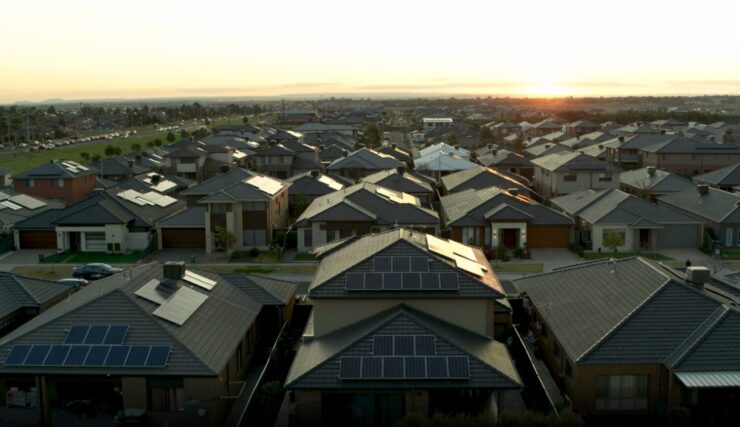Ever caught yourself wondering why your neighbor’s solar panels are tilted differently than yours? Well, it’s not just a design choice; it’s science!
The direction your solar panels face plays a pivotal role in how much energy they can harness. And guess what? This direction can change based on where you live. That’s right, your zip code can be a game-changer.
Let’s embark on this sunlit journey together and discover the magic behind solar panel direction.
Fun Fact: A single photovoltaic (PV) cell, the building block of solar panels, typically produces about 1 or 2 watts of power. Imagine how much energy a whole panel can generate!
Factors Affecting Solar Panel Direction
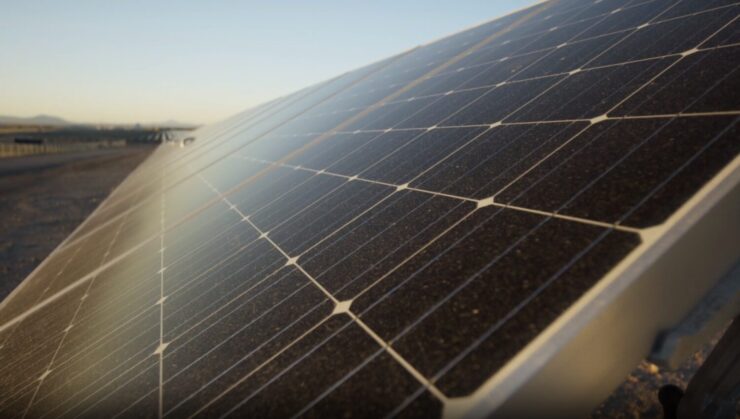
Solar panels are like sunflowers; they love the sun! But how they face the sun can make a world of difference.
- Efficiency: The direction your panel faces can significantly impact its efficiency. Think of it as sunbathing; you’ll tan faster if you’re directly under the sun, right? Similarly, panels directly facing the sun capture more energy.
- Geographical Location and Latitude: The sun’s position in the sky changes based on where you are on this beautiful planet. So, a panel in sunny California might need a different tilt than one in chilly Alaska.
- Local Weather Conditions: Cloudy days, rainy seasons, or even snowy winters can influence the amount of sunlight your panels receive. Sometimes, it’s not just about direction but also about how often they get cleaned!
Pro Tip: Regularly cleaning your solar panels, especially after a dusty storm or a snowy day, can boost their efficiency!
The Role of Zip Codes
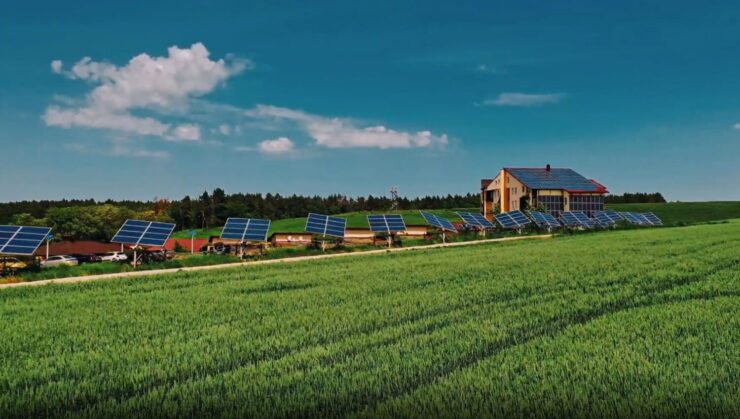
Now, you might be thinking, “Why the fuss about zip codes?” Well, zip codes are more than just numbers on your mail. They’re gateways to specific geographical data.
- Relevance in Solar Direction: Your zip code can tell a lot about your location’s sun exposure, average weather conditions, and even the angle of sunlight. This makes it a handy tool for determining the best panel direction.
- Geographical Data Insights: Zip codes can provide insights into local climate patterns, which play a crucial role in solar energy harnessing.
- Zip Code-based Solar Calculators: There are nifty online tools that use your zip code to suggest the optimal direction and tilt for your solar panels. It’s like having a personal solar advisor at your fingertips!
Calculating Solar Panel Direction
Alright, let’s get to the fun part – figuring out the best direction for your panels!
- Methods for Calculation: There are scientific methods, involving some math (don’t worry, no pop quizzes here!), that can help determine the best direction based on your geographical location.
- Online Tools and Software: The digital age has blessed us with some fantastic tools. Just input your zip code, and voila! You get recommendations tailored for your location.
- Accuracy Matters: While it’s tempting to go with gut feelings, precision is key here. Even a slight misdirection can lead to significant energy losses over time.
Fun Fact: The largest PV systems in the U.S. are in California. The Solar Star PV power station alone produces a whopping 579 megawatts of electricity. That’s a lot of sun power!
Case Studies
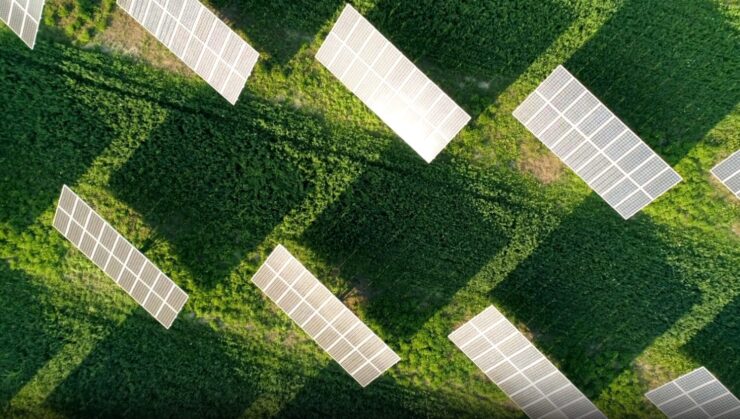
Nothing like a good old case study to bring a concept to life! Let’s explore a few zip codes and see how solar panel direction plays out in the real world.
- Sunny California (Zip: 90210): Beverly Hills, with its abundant sunshine, typically has solar panels facing south to maximize sunlight capture. The tilt? Around 34 degrees, matching its latitude.
- Chilly Alaska (Zip: 99501): Anchorage sees less sunlight, especially in winters. Here, panels are often tilted at steeper angles, closer to 60 degrees, to catch the low-hanging sun.
- Rainy Seattle (Zip: 98101): With its frequent cloudy days, Seattle requires a strategic panel direction. South-facing panels with a tilt of about 47 degrees seem to do the trick.
Pro Tip: Always consider seasonal adjustments. The sun’s path changes throughout the year, so a slight tilt adjustment can make a big difference!
Tips for Installation
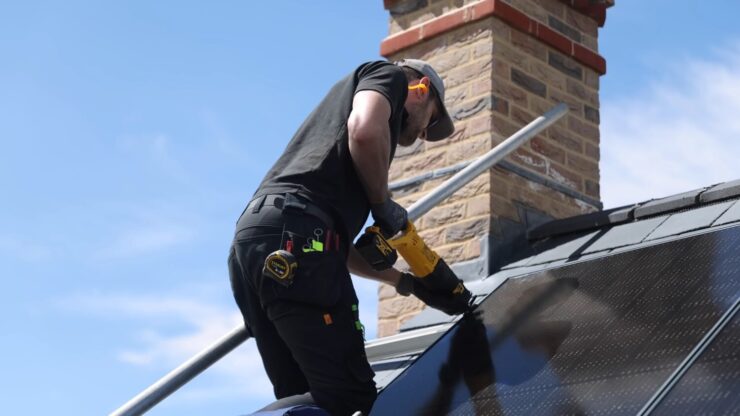
Ready to go solar? Here are some golden nuggets of wisdom for you:
- Guidelines for Different Regions: Remember, what works in Arizona might not be ideal for Maine. Always consult local guidelines or experts familiar with your region’s solar characteristics.
- Adjusting Panel Direction: Once installed, your panels aren’t set in stone. Periodic adjustments, especially with changing seasons, can boost efficiency.
- Expert Advice: Before making any decisions, it’s always a good idea to consult with a solar expert. They can provide insights tailored to your specific zip code.
Fun Fact: Did you know that some advanced solar installations come with tracking systems that move the panels to follow the sun throughout the day? Talk about sun-chasing!
Environmental and Economic Benefits
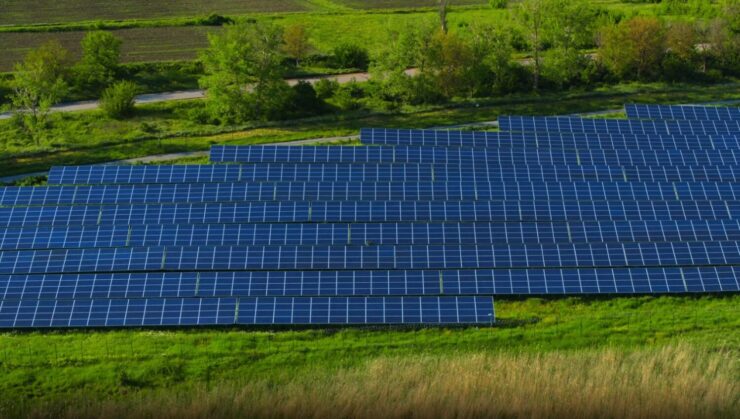
Harnessing the sun’s power isn’t just good for your wallet; it’s a boon for Mother Earth too!
- Environmental Impact: Properly directed solar panels mean more clean energy and less reliance on fossil fuels. This reduces carbon emissions and combats climate change.
- Cost Savings: Optimized solar panel orientation can lead to more energy production, translating to bigger savings on your electricity bill.
- Community and Planet: By going solar, you’re not just benefiting yourself. You’re contributing to a cleaner community and a greener planet.
Challenges and Considerations
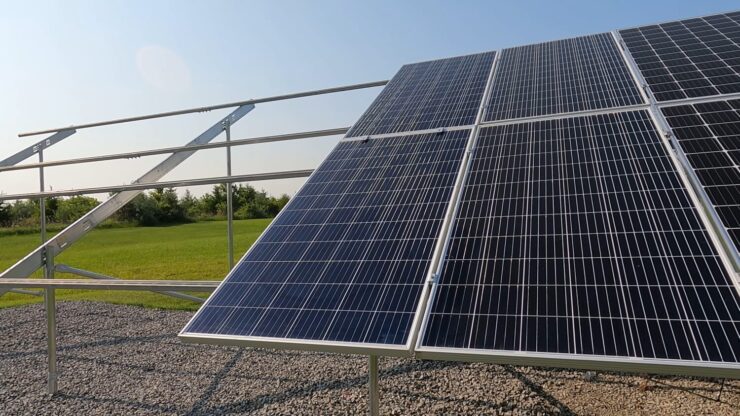
Every rose has its thorn, and while solar energy is fantastic, there are challenges to consider:
- Determining Optimal Direction: While tools and experts can guide you, finding the perfect direction can be a bit of trial and error.
- Periodic Adjustments: Solar panels aren’t a ‘set it and forget it’ deal. They require periodic checks and possible adjustments.
- Regulatory or Zoning Issues: Before installing, always check local regulations. Some areas might have restrictions on how and where solar panels can be installed.
Pro Tip: Always keep an eye on local solar incentives or tax breaks. They can significantly reduce the cost of installation and make your solar journey smoother!
FAQ
Why can’t I just set my solar panels facing directly upwards?
While it might seem intuitive to set solar panels facing directly upwards, this isn’t always the most efficient orientation. The sun moves across the sky, and its angle varies based on the time of year and your geographical location. By tilting them at an optimal angle, you can capture more sunlight throughout the day, leading to increased energy production.
How often should I consult with a solar expert about my panel’s direction?
It’s a good idea to consult with a solar expert initially when you’re setting up your panels. After installation, an annual check-up can be beneficial to ensure that they are still optimized, especially if you’ve experienced significant weather events or changes in surrounding structures that might cast shadows.
Are there automated systems that adjust the direction of solar panels throughout the day?
Yes, there are solar tracking systems available that automatically adjust the direction to follow the sun’s path throughout the day. These systems can increase energy production but are more expensive and may require more maintenance than fixed panels.
Can trees or nearby buildings affect the optimal direction of my solar panels?
Absolutely. Shadows cast by trees, buildings, or other structures can significantly reduce the efficiency. It’s essential to consider these obstructions when determining the optimal direction and tilt for your panels. In some cases, trimming trees or finding ways to elevate panels might be necessary.
Conclusion
Well, my sun-loving friend, we’ve journeyed together through the radiant world of solar panels and the significance of their direction. It’s fascinating, isn’t it? How a simple adjustment based on your zip code can make such a difference in harnessing the sun’s energy.
So, the next time you sip your morning coffee and gaze at the rising sun, think of the immense power it holds. And remember, with the right direction, your solar panels can tap into that power efficiently.
Thank you for joining me on this enlightening journey. Here’s to a future powered by the sun, guided by our zip codes, and driven by our collective commitment to a greener tomorrow. Shine on and keep making the world a brighter place! 🌞

